


👉🏾 loom.ly/elEwkCE
📅 8 Jan 2026

👉🏾 loom.ly/elEwkCE
📅 8 Jan 2026

This collaborative work (co-led by Adriane Otopalik and Gerry Rubin) examines how neuronal circuits regulate social behaviors, like courtship🫶 and aggression🥊, across sexes. #neuroscience #Drosophila #WomenInSTEM 🧪1/
This collaborative work (co-led by Adriane Otopalik and Gerry Rubin) examines how neuronal circuits regulate social behaviors, like courtship🫶 and aggression🥊, across sexes. #neuroscience #Drosophila #WomenInSTEM 🧪1/
www.biorxiv.org/content/10.1...

www.biorxiv.org/content/10.1...

www.biorxiv.org/content/10.1...

www.biorxiv.org/content/10.1...
Thanks to @asab.org the @sheffielduni.bsky.social, and @devjoni.bsky.social for sponsoring this event.


Thanks to @asab.org the @sheffielduni.bsky.social, and @devjoni.bsky.social for sponsoring this event.
www.cell.com/cell-reports...

www.cell.com/cell-reports...

Blind mice use stereo olfaction, comparing smells between nostrils, to maintain a stable sense of direction. Blocking this ability disrupts their internal compass.
Kudos to @kasumbisa.bsky.social! Another cool chapter of the Trenholm-Peyrache collab😉
www.nature.com/articles/s41...
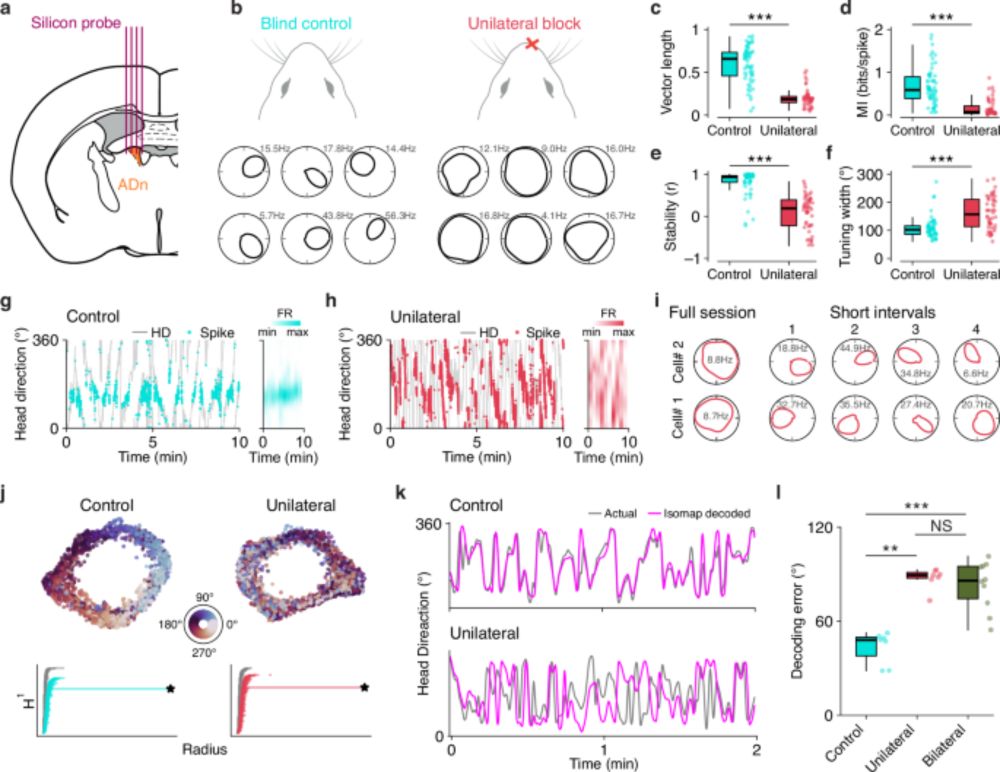
Blind mice use stereo olfaction, comparing smells between nostrils, to maintain a stable sense of direction. Blocking this ability disrupts their internal compass.
Kudos to @kasumbisa.bsky.social! Another cool chapter of the Trenholm-Peyrache collab😉
www.nature.com/articles/s41...
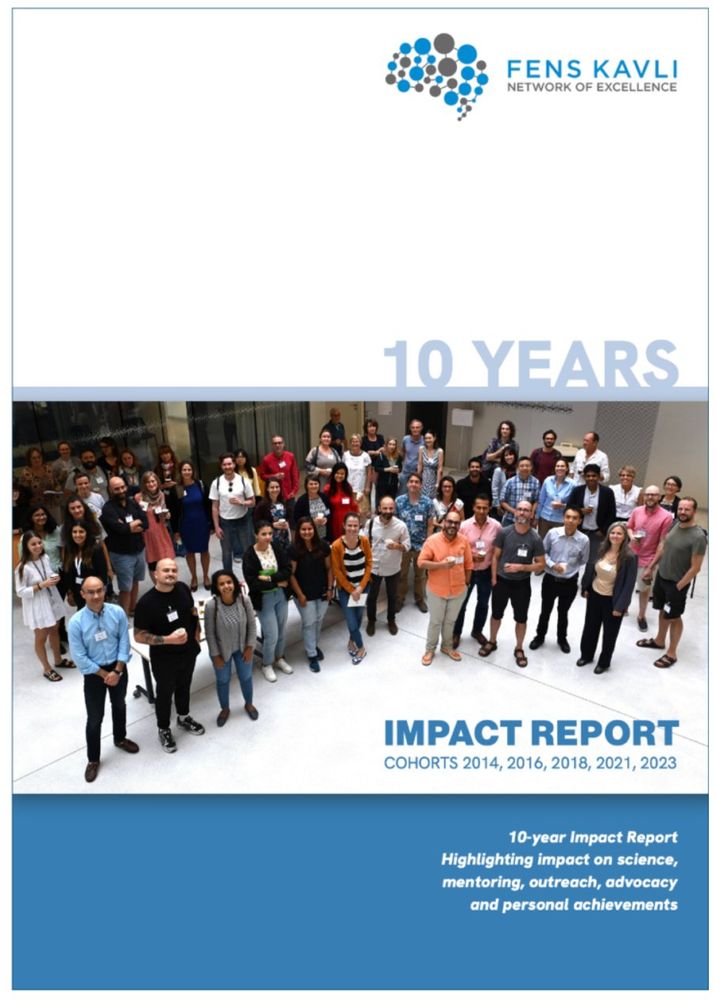
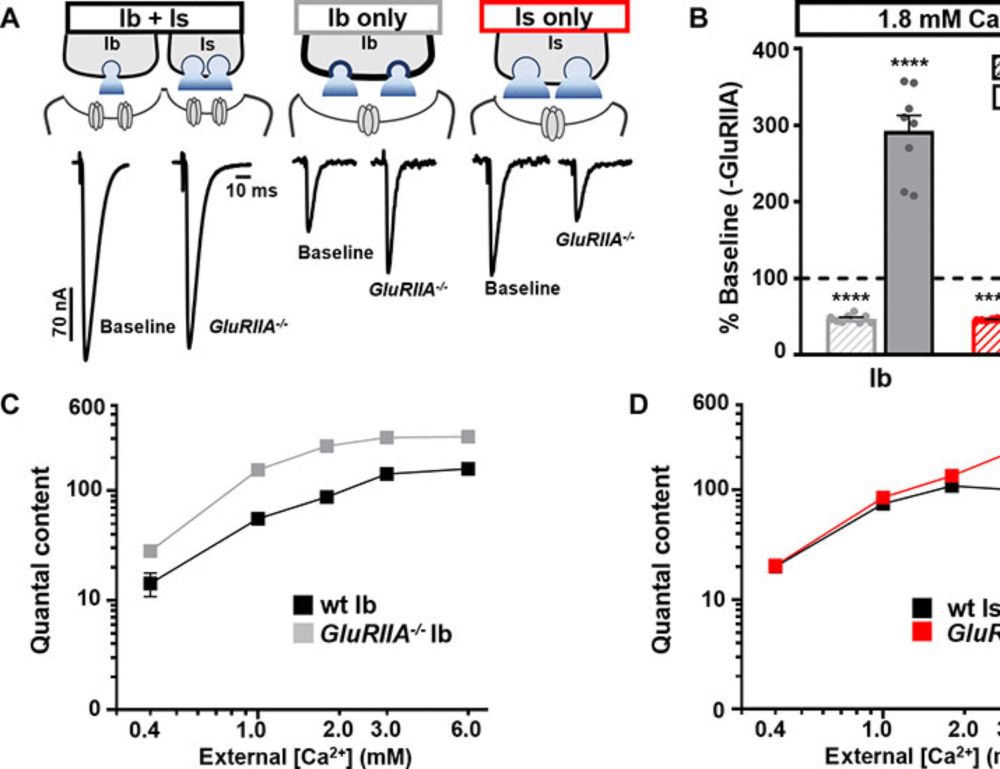

www.biorxiv.org/content/10.1...
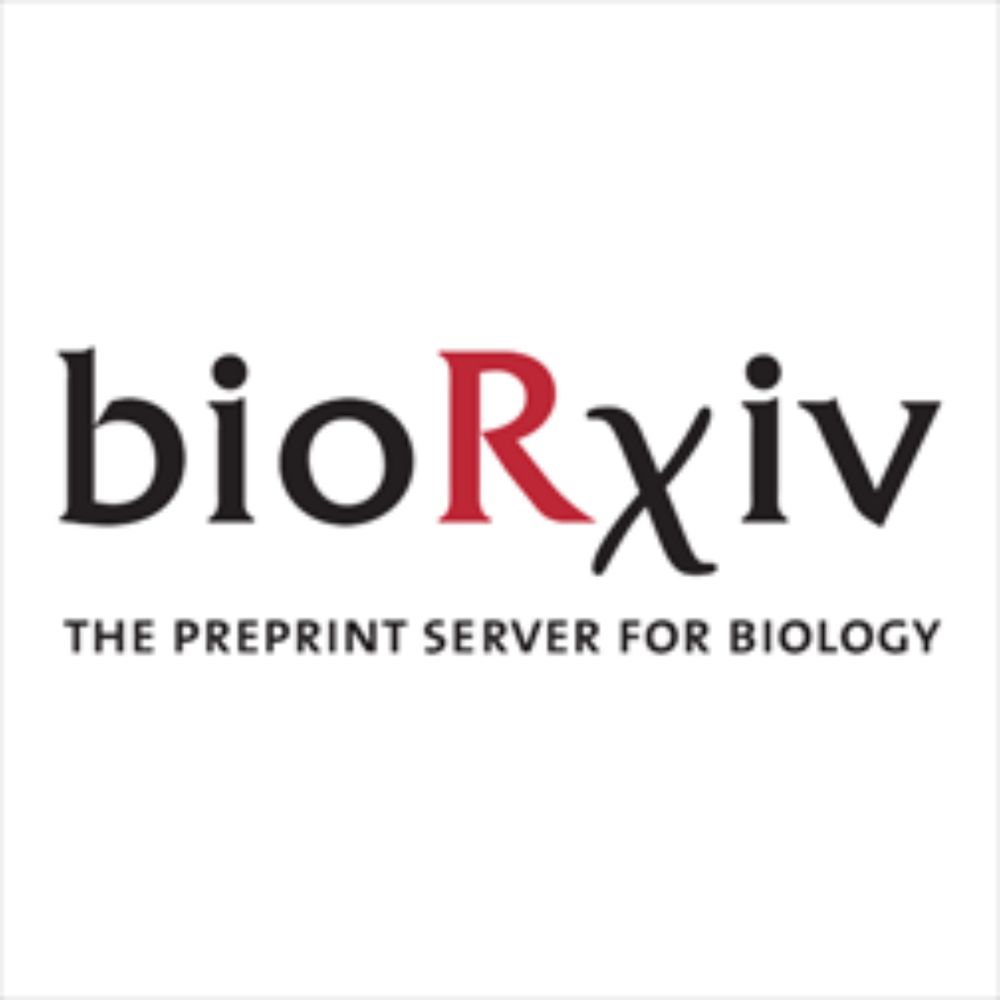
www.biorxiv.org/content/10.1...
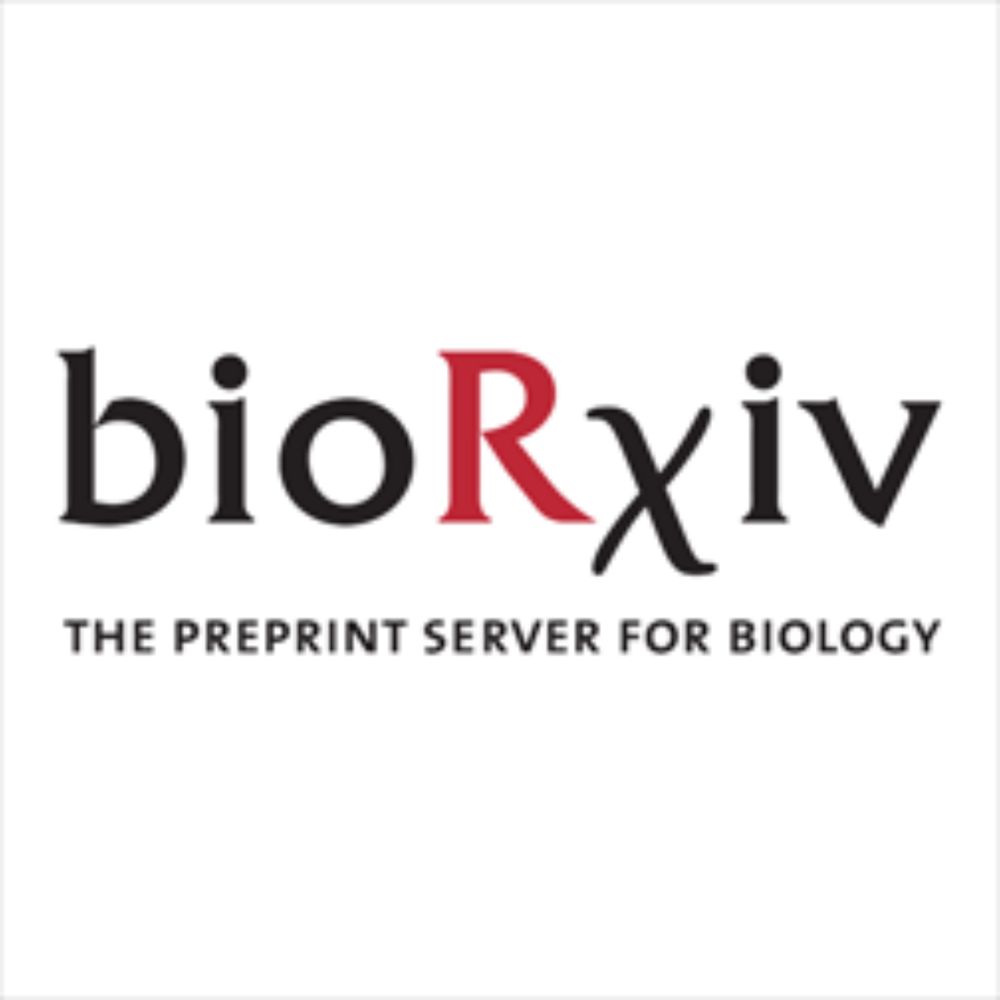
www.jneurosci.org/content/45/3...
Brings me back to one of my usual bugbears in #neuroscience, i.e. don't judge a cell's function by its tuning curve!
🧪

www.jneurosci.org/content/45/3...
Brings me back to one of my usual bugbears in #neuroscience, i.e. don't judge a cell's function by its tuning curve!
🧪
You'll find a prelim program flies-jedi.github.io/projects/202...
We're hoping to gather about 45 of more or less young droso PI to reboot the community.
-> Register Now!
You'll find a prelim program flies-jedi.github.io/projects/202...
We're hoping to gather about 45 of more or less young droso PI to reboot the community.
-> Register Now!
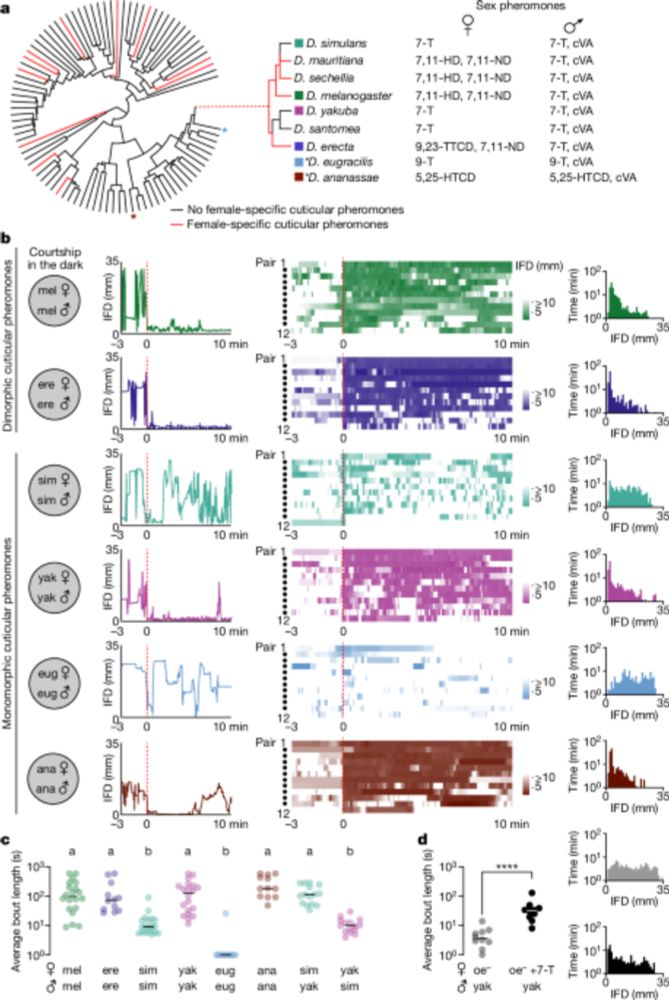

www.science.org/doi/10.1126/...

www.science.org/doi/10.1126/...
@eyalrozenfeld.bsky.social new study in Science Advances
shows that active mechanisms prevent the co-formation of competing memories. Here’s what we found! 🧵👇
science.org/doi/10.1126/...

@eyalrozenfeld.bsky.social new study in Science Advances
shows that active mechanisms prevent the co-formation of competing memories. Here’s what we found! 🧵👇
science.org/doi/10.1126/...
www.science.org/doi/10.1126/...

www.science.org/doi/10.1126/...

